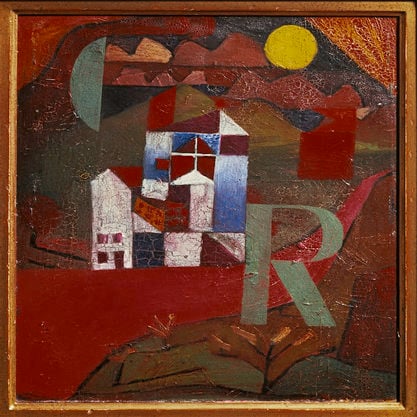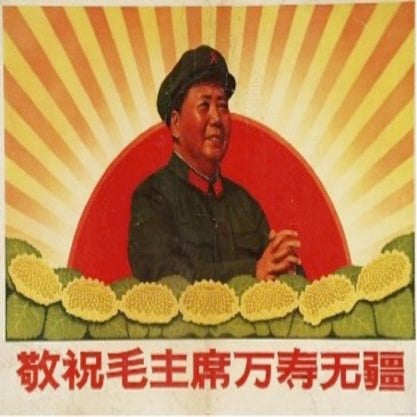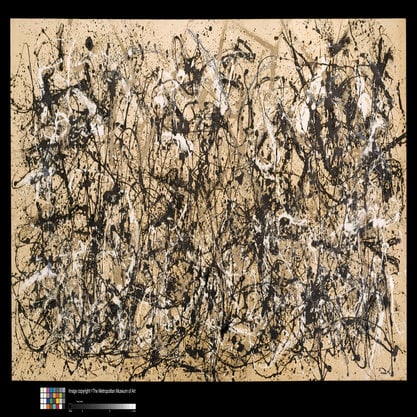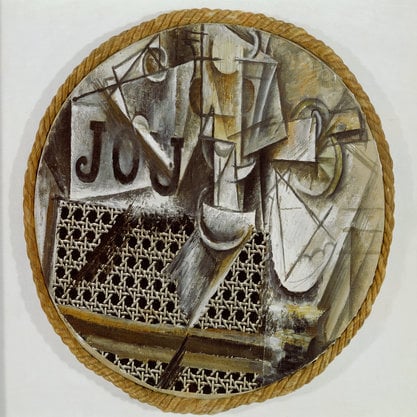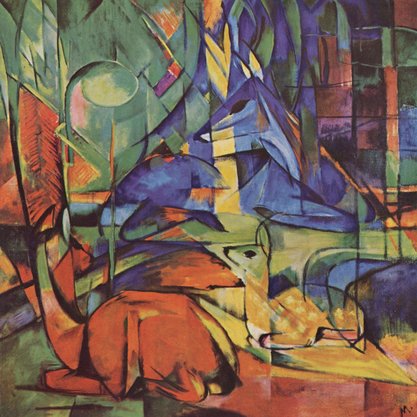Article
Burmese Modernism By Ranard, Andrew
Article
Modernistic painting in Burma first assertively appeared in the 1940s and with greater force in the 1950s, emerging as a full-fledged movement in the 1960s. An element of Burmese painting is its lateralism, whereby realist or modernist styles have persistently drawn from a surviving wellspring of traditional arts. In the 1940s–1960s, artists sought an indigenous development that did not mimic foreign aesthetics. They began to look backwards into the ancient mural painting in Pagan 800 years earlier, which in many ways anticipated Surrealism and abstraction. However, by the late 1970s, modernism began to wane. When Burma began to open to the outside world in 1987, an older mastery in Realist and Impressionist painting—introduced by Ba Nyan (1897–1945), who studied in London in the 1920s—dominated the country’s painting style. From the late 1990s onwards, modernism in Burma experienced a vigorous resurgence.
